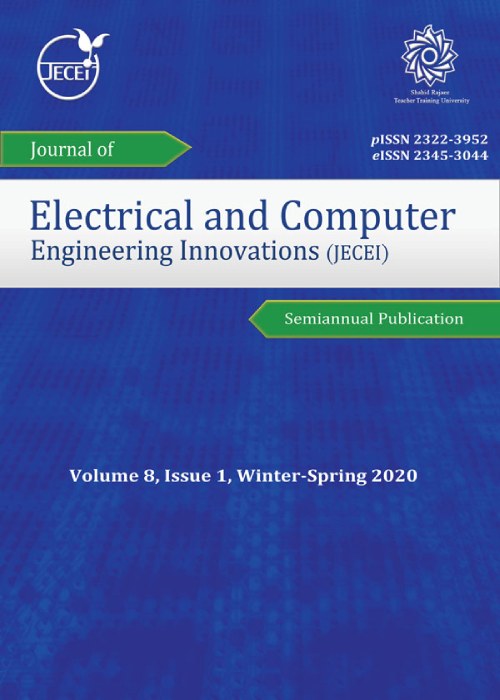Resource Allocation for Full-Duplex Wireless Information and Power Transfer in Wireless Body Area Network
Author(s):
Article Type:
Research/Original Article (دارای رتبه معتبر)
Abstract:
Background and Objectives
The purpose of a wireless body area network (WBAN) is to collect and send vital body signals to the physician to make timely decisions, improve the efficiency of medical informatics systems, and save costs. The sensors of the WBAN network have limited size and energy, and hence, to extend the lifetime of these sensors, they can be powered wirelessly. Our focus in this paper is on a two-tier full-duplex (FD) cooperative WBAN in which sensors, in addition to transmitting physiological information, harvest energy from radio frequency (RF) coordinator signals and body sources. Our goal is to maximize average weighted sum throughput (AWST) under the constraints of each sensor, including meeting the minimum data rate, delay limitation, energy and transmission power constraints. Methods
The resources allocated to solve this optimization problem are the time slots, the transmission rates of the sensors and coordinator, and the transmission powers of sensors in each time slot. The time scheduling problem in the first step is modeled in the form of a mixed-integer linear programming (MILP) problem and the second step problem is convex. Also, Karush–Kuhn–Tucker (KKT) conditions are presented for power and rate allocation.Results
In the optimal allocation (OA) mode, contrary to the equal time allocation (ETA) one, with increasing the relay power, the AWST increases despite increasing self-interference (SI). Energy harvesting from the body, nevertheless the power consumption for transmission, makes positive the slope of the instantaneous energy curve for the motion sensor and reduces the corresponding slope for the electrocardiogram (ECG) one. Comparison of the proposed method with previous methods shows that the proposed method has better control over the information flow of sensors, and also in allocating rate to users, fairness is satisfied.Conclusion
According to the simulation results in our method, the system showed better performance than the equal time allocation mode. We also used the FD technique and with the help of the optimal time scheduling index, we were able to control the SI.Keywords:
Language:
English
Published:
Journal of Electrical and Computer Engineering Innovations, Volume:10 Issue: 2, Summer-Autumn 2022
Pages:
329 to 340
magiran.com/p2438055
دانلود و مطالعه متن این مقاله با یکی از روشهای زیر امکان پذیر است:
اشتراک شخصی
با عضویت و پرداخت آنلاین حق اشتراک یکساله به مبلغ 1,390,000ريال میتوانید 70 عنوان مطلب دانلود کنید!
اشتراک سازمانی
به کتابخانه دانشگاه یا محل کار خود پیشنهاد کنید تا اشتراک سازمانی این پایگاه را برای دسترسی نامحدود همه کاربران به متن مطالب تهیه نمایند!
توجه!
- حق عضویت دریافتی صرف حمایت از نشریات عضو و نگهداری، تکمیل و توسعه مگیران میشود.
- پرداخت حق اشتراک و دانلود مقالات اجازه بازنشر آن در سایر رسانههای چاپی و دیجیتال را به کاربر نمیدهد.
In order to view content subscription is required
Personal subscription
Subscribe magiran.com for 70 € euros via PayPal and download 70 articles during a year.
Organization subscription
Please contact us to subscribe your university or library for unlimited access!


